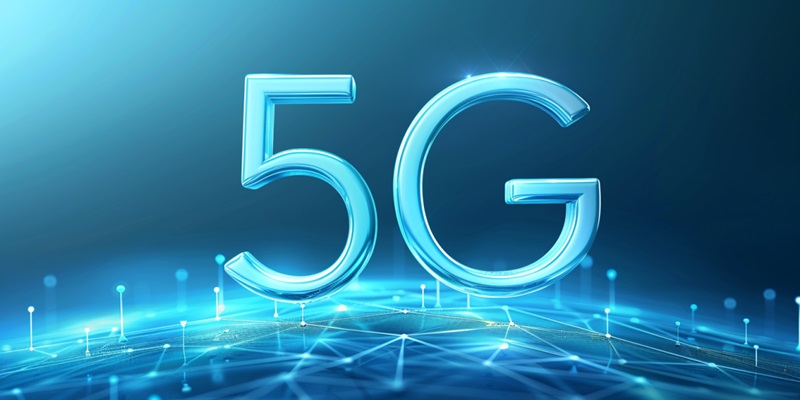In a significant move reflecting global concerns over cybersecurity and political influence, MasOrange, Spain’s largest business-to-consumer telecom operator, announced its decision to remove Chinese vendors Huawei and ZTE from its 5G network. This decision underscores a broader trend among telecom operators to diversify their supplier base away from Chinese technology firms. MasOrange, a joint venture between Orange Spain and MasMovil Group, serves over 30 million mobile lines, 7.3 million broadband customers, and 2.3 million TV users. The initiative resonates with the U.S. "Rip and Replace" program, aiming to overhaul existing Chinese telecom equipment with non-Chinese alternatives by 2030. Swedish telecommunications giant Ericsson has been chosen as the principal replacement for this significant project.
The Transition Strategy
Replacing ZTE in the Basque Region
The strategic revamp will witness MasOrange completely replacing ZTE by 2027. The Basque region, where ZTE’s presence is notable, will be the primary focus. This region had seen ZTE achieving promising results, particularly in 5G standalone mode, even standing in for Ericsson in early 2020. However, this new direction seeks to eliminate ZTE’s footprint entirely. This shift results from mounting geopolitical apprehensions about the cybersecurity risks associated with Chinese telecommunications infrastructure.
The decision to prioritize the Basque region for ZTE’s complete replacement signals MasOrange’s cautious approach in phasing out Chinese technology. This phase-out plan is comprehensive and aims to minimize disruptions for consumers. MasOrange’s robust user base—over 30 million mobile lines, alongside substantial broadband and TV users—necessitates meticulous planning and execution to ensure a seamless transition. This careful maneuver aligns with a global shift among telecom operators who seek to curtail political and security ties to Chinese technology.
Reducing Huawei’s Influence in Extremadura, Andalusia, and Canary Islands
Gradual reduction of Huawei’s equipment, which currently holds a significant share, from 54% to 39% across Extremadura, Andalusia, and Canary Islands is another essential aspect of MasOrange’s strategy. While Huawei’s technology has been fundamental to MasOrange’s network, the removal aligns with a broader regulatory and strategic trend within the telecom sector. This cautious relegation of Huawei infrastructure symbolizes a middle path—acknowledging the risks while balancing operational efficiencies and cost considerations.
Despite the economic and operational implications of such an overhaul, Ericsson stands to gain substantially. With Ericsson set to potentially capture 61% of the network share in the initial phase, the Swedish telecom giant’s expertise in 5G technology is poised to replace Huawei’s current role. This move underscores planned diversification, foreign policy alignment, and a concerted effort to ensconce European telecom technology within Spanish borders. The phased approach intends to ensure stability and continuous service, aiming not to disrupt millions of customers dependent on these services daily.
Implications and Broader Trends
Strategic Shifts and Market Dynamics
Before the merger of Orange and MasMovil, ZTE had already been integral to Orange’s network infrastructure. The telecom provider had been relatively reticent about excluding Chinese firms until now. This point of shift indicates a calculated strategic pivot, driven by extensive geopolitical reasoning and risk-mitigating factors. No longer is it merely a question of operational efficiency but one of national security and compliance with evolving legislative frameworks worldwide.
The implications of this shift are vast and multifaceted. On one hand, customers can expect improved services through Ericsson’s involvement. On the other hand, the transition involves substantial economic commitments, reflecting a broader market realignment. This reorientation marks a tangible shift in the global telecommunications landscape, wherein European firms are set to play a more intertwined role, especially within EU borders.
Balancing Costs and Technology
By 2027, MasOrange plans a strategic overhaul that will completely replace ZTE, focusing primarily on the Basque region. This area, where ZTE has notably made strides, particularly in 5G standalone mode, even substituting for Ericsson in early 2020, will be significantly impacted. Despite ZTE’s past successes, the new strategy aims to remove its footprint altogether due to growing geopolitical concerns about cybersecurity risks linked to Chinese telecom infrastructure.
Prioritizing the Basque region for ZTE’s complete phase-out demonstrates MasOrange’s methodical approach to eliminating Chinese technology. The phase-out strategy is thorough, aiming to minimize consumer disruptions. Given MasOrange’s extensive user base—over 30 million mobile lines, alongside substantial broadband and TV customers—precise planning and careful execution are crucial for a smooth transition. This deliberate move reflects a broader global trend among telecom companies seeking to reduce political and security dependencies on Chinese technology. Such initiatives underline the evolving dynamics in the telecom industry amid heightened cybersecurity awareness.

